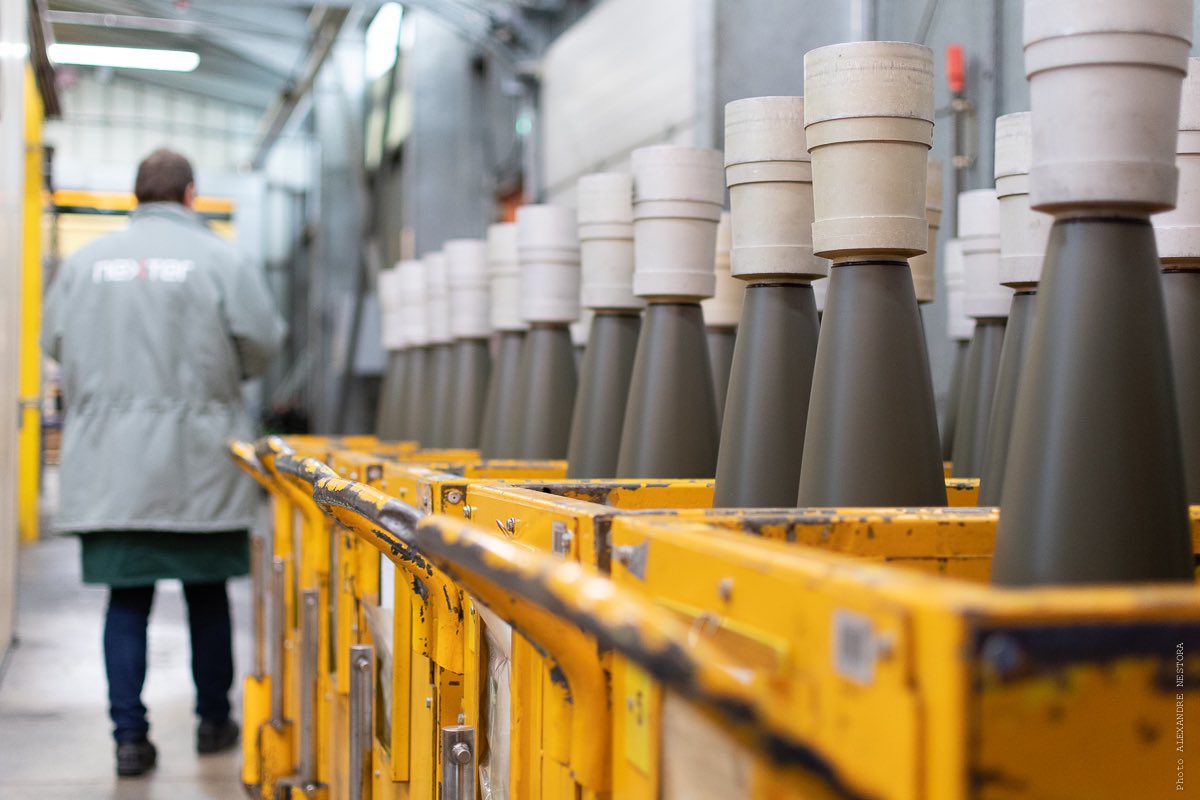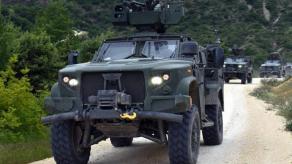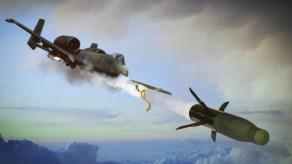For the first time, the European Commission proposed to adopt a common defense industrial strategy for all EU members. The plan is meant to navigate the transition from temporary measures adopted by the EU, expiring in 2024, to a structured unified defense policy.
Read more: Video of Shahed-136 Production in russia: Massive Scale But Hollow Airframes Instead of Assembled Drones
The statement and associated documents, published by the European Commission, outline a list of specific figures for the member countries to achieve by 2030, namely:
- buy at least 40% of the defense equipment in collaboration with other EU members
- ensure that the value of intra-EU defense trade represents at least 35% of the value of the EU defense market (trade defense goods between EU countries instead of with other countries)
- spend at least 50% of their defense procurement budget on products made in Europe, reaching 60% by 2035

In general, the strategy is aimed at strengthening the defense industry of the European Union, attracting more investment, and achieving greater flexibility in production and its scaling, etc.
Importantly, one of the provisions of this strategy mentions that its implementation will "enhance the EU's defense industrial cooperation with Ukraine and support the development of its defense industrial and technological base." For that purpose, Ukraine will be able to participate in the EU program in support of the defense industry.
The document also outlines the financial aspect: €1.5 billion will be mobilized from the EU budget over the period 2025–2027 for defense programs. This money will be used for direct investment in small and medium business manufacturers, which are not final assemblers of weapons, but suppliers of components.
It should stimulate and transform the established network of supply chains. For this, a special Fund to Accelerate defense Supply chains Transformation (FAST) will be created, the fund will allow receiving investments and equity financing.

Also, this money will go directly to the expansion of defense and industrial cooperation with Ukraine. The strategy offers to use the windfall profits of frozen russian assets to jointly purchase military equipment for Ukraine.
In addition, the plan aims to simplify the legal framework in order to facilitate the movement of defense products and finances for defense projects within the EU.
Read more: How the Caesar Kunikov Warship Was Sunk: Video from the russian Ship and Important Details














